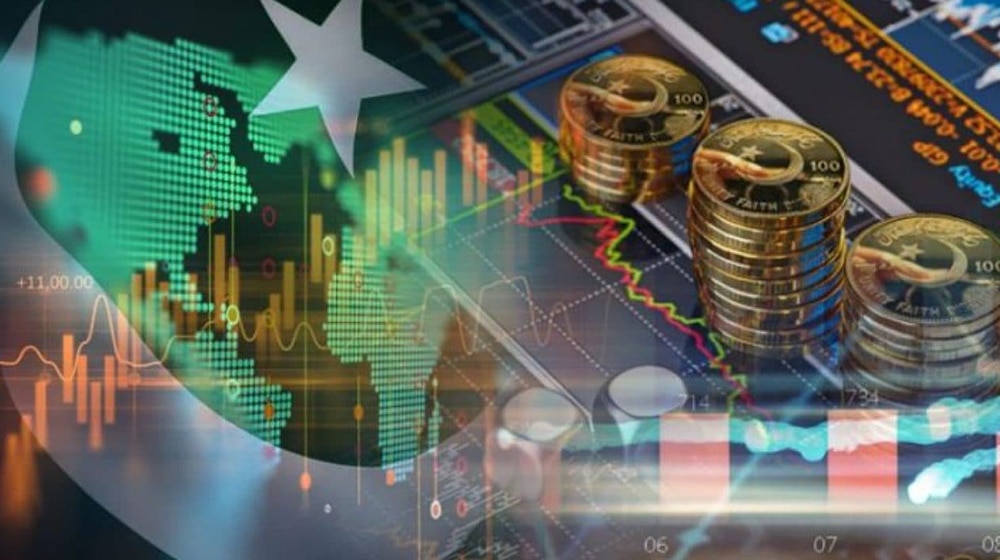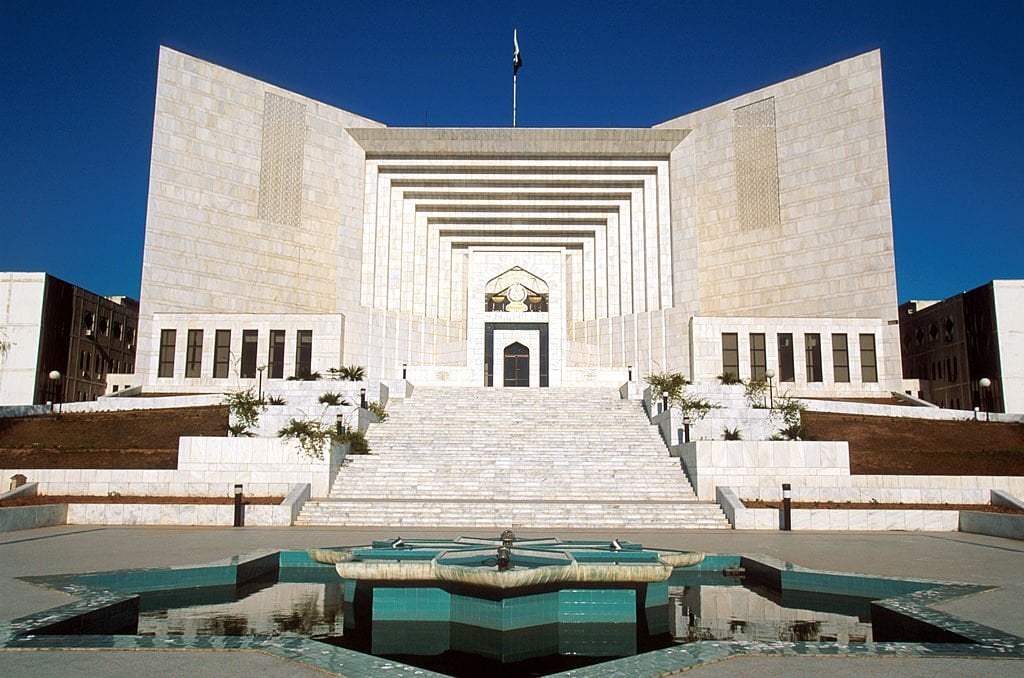Editorial
In an unexpected development, Pakistan is witnessing a sharp rise in money supply growth, just when it was expected to ease. Historically, post-harvest liquidity spikes have been driven by the government’s wheat procurement operations, which involved heavy seasonal borrowing from banks. This year, however, the government has stepped back from such activity—yet reserve money and overall liquidity are surging.
Currency in circulation (CiC), reserve money (M0), and broad money (M2) are all recording year-on-year growth rates exceeding 14 percent since March 2025. This anomaly points toward a new liquidity driver: record-high remittances during Ramzan and Eid in March 2025, which rose over 35 percent year-on-year.
The State Bank of Pakistan (SBP) claims it is not defending the rupee. Instead, it is absorbing surplus foreign exchange to prevent the rupee from appreciating too quickly. But this absorption—without sterilizing the resulting injection of rupees—appears to be fueling a stealth monetary expansion.
If these remittance-driven rupee injections are left unsterilized, they may not immediately trigger inflation in a sluggish economy, but the eventual impact could be significant. Recent data backs this: CiC growth, which averaged under 5 percent until late 2024, has surged to 15 percent in just 12 weeks. M0 is tracking similar trends.
This raises urgent policy questions. Is the SBP quietly monetizing remittance inflows? If so, what is its sterilization strategy? Without transparency and a credible inflation management plan, Pakistan risks reigniting demand-side inflation just as macroeconomic stability begins to return.
Please, subscribe to the youtube channel of republicpolicy.com
The central bank must act preemptively—clarify its intervention policy and ensure liquidity management aligns with its inflation targets. Otherwise, it may once again be forced into reactionary interest rate hikes, long after inflation pressures have taken root.













